Phu Hai Son Prison
The largest and oldest structure of the prison complex, Phu Hai, was built in 1862, to house the first generation of Vietnam's anti-colonial agitators.
Some of the cells here feature hauntingly lifelike mannequins, shackled and contorted. The grounds include a ruined chapel erected in the early 1960s.
The recent opening of the Saigon Con Dao Hotel has robbed the Phu Hai prison of some much needed breathing space. The hotel is too close to the macabre prison and seems not to show proper regard for the significance of the site. A memorial seaside park would have been a better tribute to Phu Hai's victims.
Phu Son Prison
Right by Phu Hai, Phu Son prison is where many of the Vietnam's most celebrated communist leaders were incarcerated by the French.
Phu Son prison is not unlike its neighbour, Phu Hai. What makes it special was its unique role as a de facto training ground for future presidents, prime ministers and leading lights in communist Vietnam. Most of the leaders who waged war against the French and then the American backed South Vietnamese regimes spent long periods in these cells. These include Le Duan, arguably the most influential figure in Vietnam's 20th century history after Ho Chi Minh; Pham Van Dong who served as prime minister, first of North Vietnam and then united Vietnam for more than 30 years until 1987; Le Duc Tho, the man who led the North Vietnamese delegation to the Paris Peace Conference in its protracted negotiations with US Secretary of State, Henry Kissinger; Ton Duc Thang, president of North Vietnam after the death of Ho Chi Minh, and then president of united Vietnam until his death at age 92 in 1980. Thang spent 16 years imprisoned here.
It's not a very good recommendation for harsh incarceration and it seems more than plausible that the terrible hardship endured by these men over many years here informed some of the harshness that characterised post-1975 communist Vietnam.
The cells that housed the notorious prisoners are clearly marked though no significant information is provided.
Tiger Cages
Con Son's tiger cages came to embody the barbarism of French colonials and the US backed South Vietnamese government.
Located a short distance from the main prison complex, Con Son's tiger cages date back to French colonial times. They shot to global notoriety when a US congressional delegation visited Con Son in 1970 and one delegate witnessed the horrific conditions suffered by prisoners.
The congressional tour was not intended to include the tiger cages complex however US Senator Tom Harkin, at the time a congressional aide, broke away from the group and sought out the cages that he had been made aware of by a Vietnamese contact in Saigon. He witnessed horrific conditions and met with prisoners who had been brutally tortured.
Harkin had the photos published in Life magazine and lost his job as a result. In the ensuing furore, the prison was closed and 500 prisoners were released.

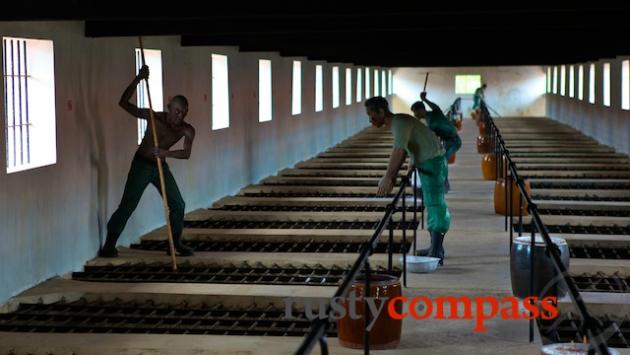
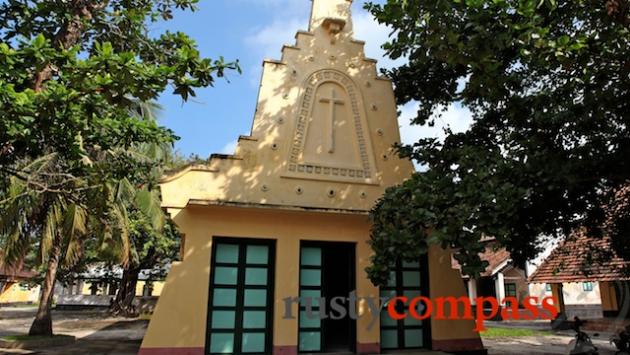
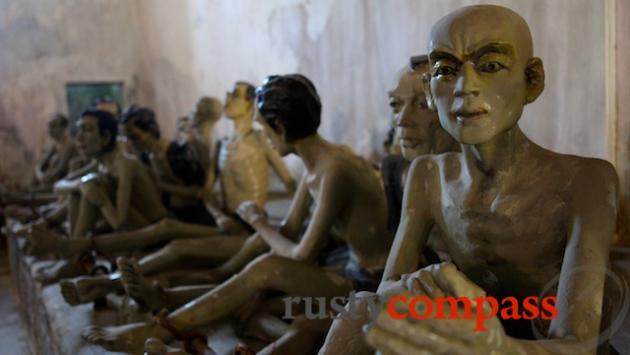
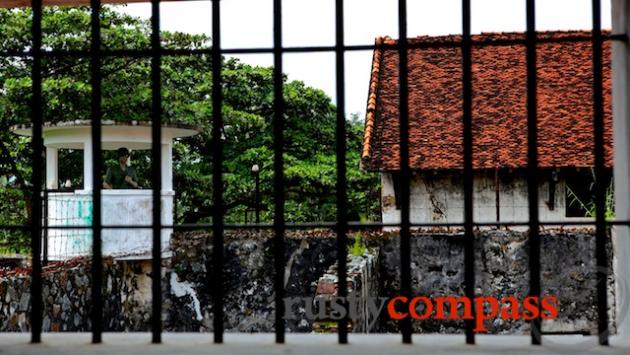
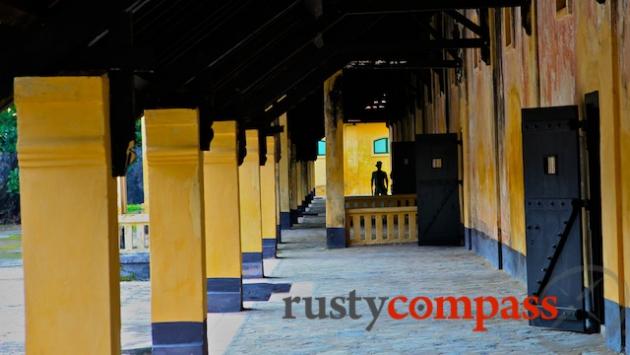
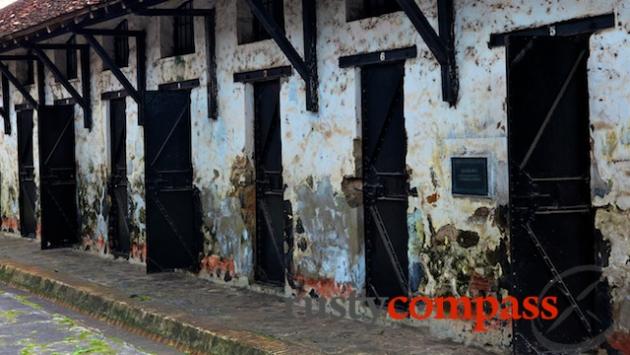






There are no comments yet.